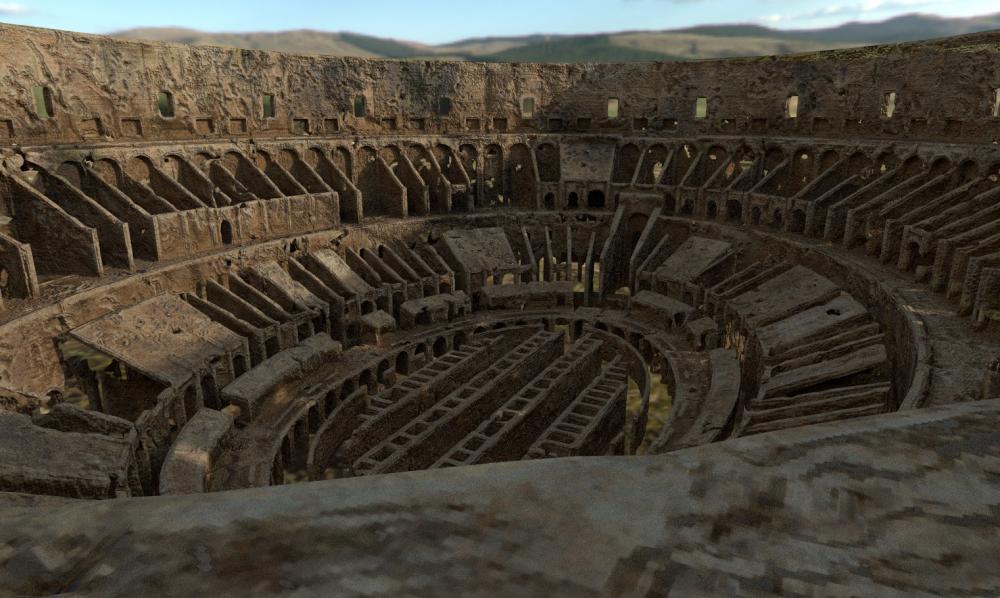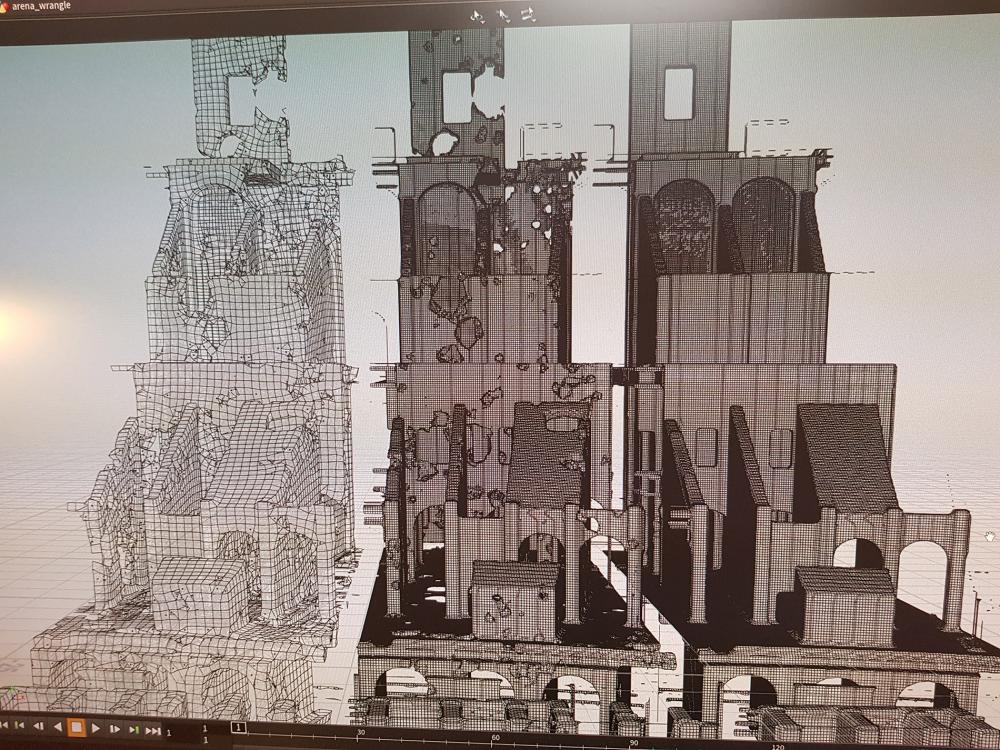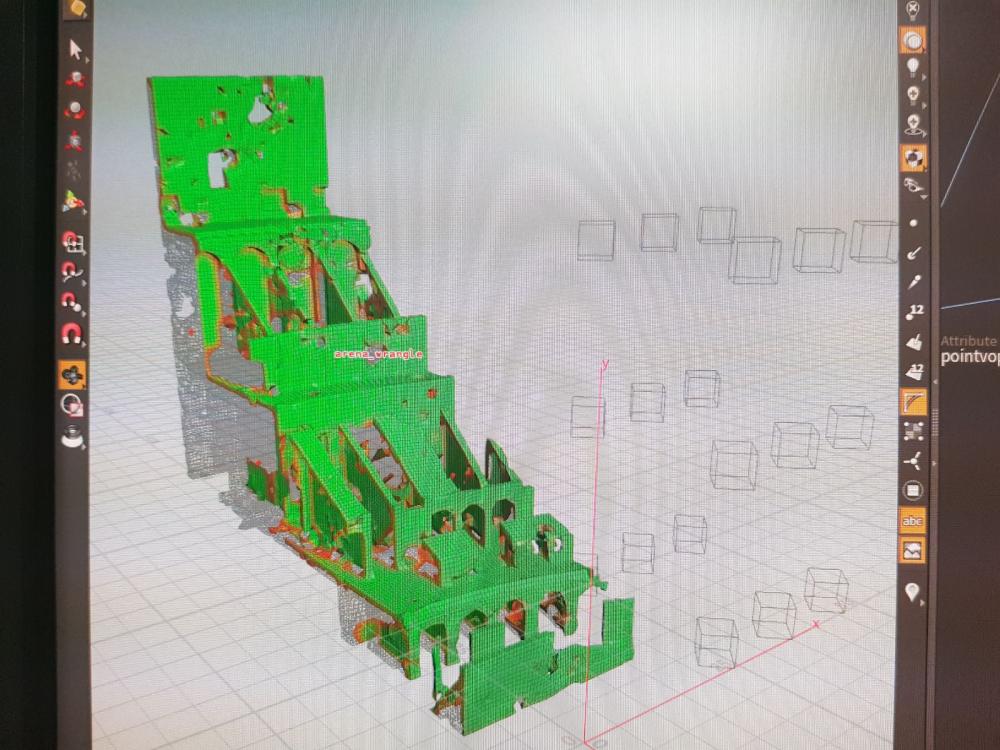Search the Community
Showing results for tags 'procedural destruction'.
-
Hello fellow odforce-people, at the moment I'm working on my bachelor thesis which I'm writing about Dynamic Simulations for Film in Houdini. In order to demonstrate these effects, I'm producing two shots of a short film that I've wanted to do for a long time. And for the environment of this short film I decided to do some procedural modelling with Houdini. And since the houdini community is so extremely generous, I decided to take part myself and share my entire project file. It's slightly messy, but I hope it's useful. * I started out in Cinema 4D where I did some basic cloner-modelling to get all the basic shapes right. * Then I moved into Houdini, converted everything to an SDF and cut out dynamically generated holes. (Scatted loads of spheres into a vdb that I generated from the sdf, displaced the spheres, made an sdf from it and "difference-d" it away from the main mesh.) * Having converted the object back to polygons, I ran the mesh through Instantmeshes to get a clean quad-mesh. (Love this program almost as much as Houdini.) * For uv-mapping and memory-efficient exporting I got rid of all the faces that were not visible from the inside. (more than half) (I wrote a little script that sends rays from every point of the mesh to the 'god-points' in the center (because godrays, haha... ha...) and when any of these rays hit, it's marked as visible (green). Then I get rid of all the invisble points (red). * I unwrapped the mesh using Auto-Unwrap from the game-dev-toolkit and exported it (as well as the high-res-version from before) to Substance Painter where I baked all the maps (normals, AO, etc.) from the hi-res mesh to the low-res mesh. * In painter I just smashed a couple of smart material on there that I found on Substance Share, scaled up the UV-Tiling (because huge mesh) and was pretty much done with texturing. The render is a screenshot from painter's integration of I-Ray. (When I get everything together in Cinema and render with Octane, I'm gonna step the lighting up a notch of course. ) Here's a couple of pics: And attached you'll find the project file as well as the base-obj I started out with from Cinema (And one remesh to work with in case you don't have Instant-Mesh set up). To make viewing easier, I turned on a switch that sclices out only a small part of the arena for editing and increased the voxel-size so that loading only takes 15 seconds instead of half an hour. Cheers, Martin ARENAWRANGLE_TOODFORCE.zip
-
- 5
-

-
- instant-meshes
- texturing
-
(and 4 more)
Tagged with:




